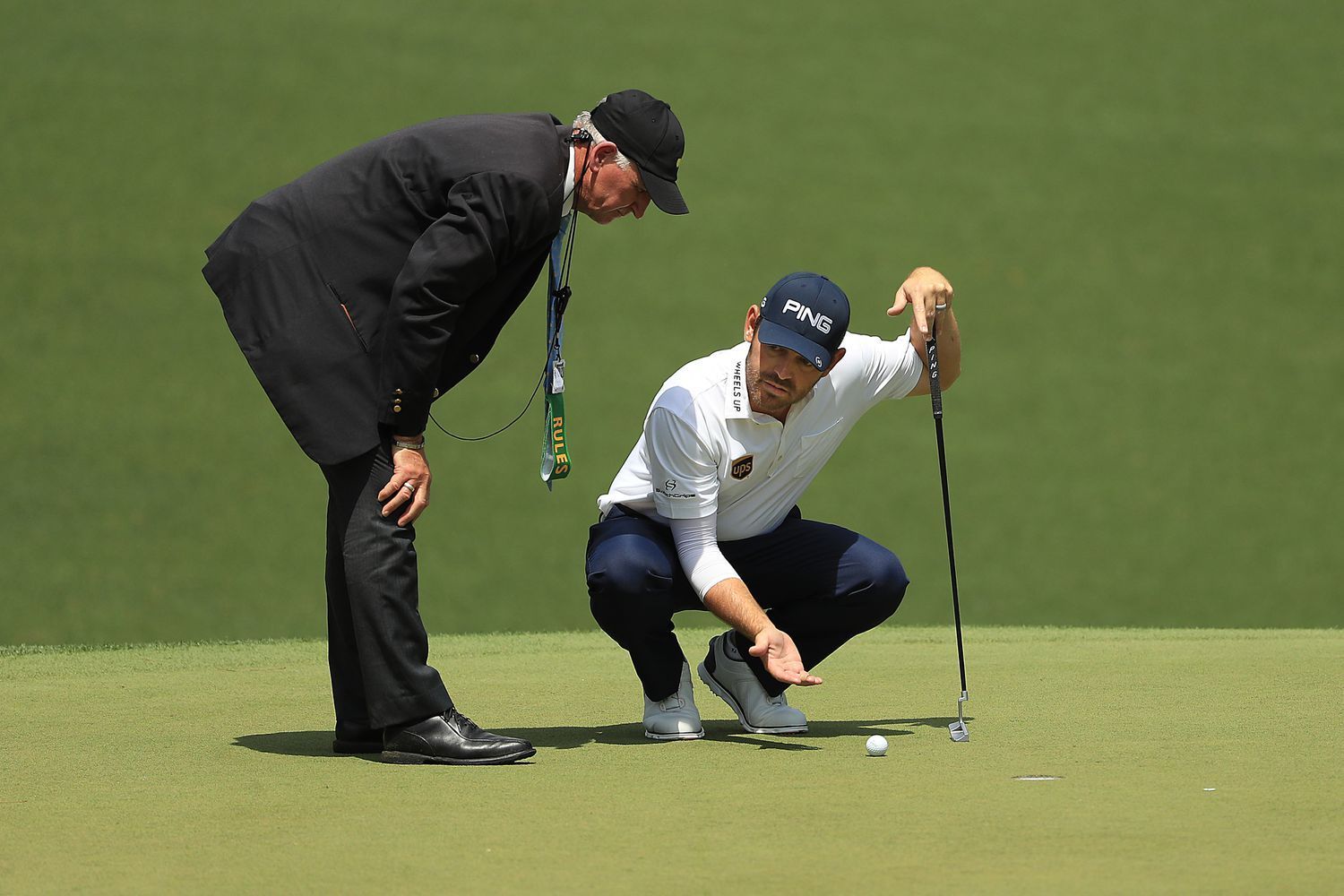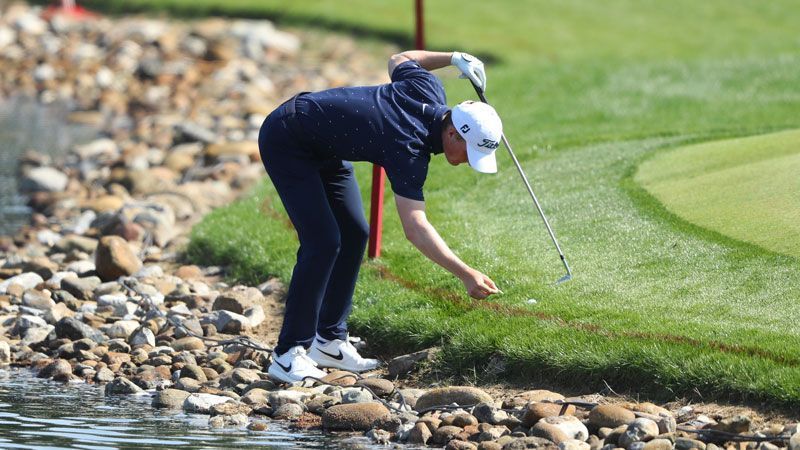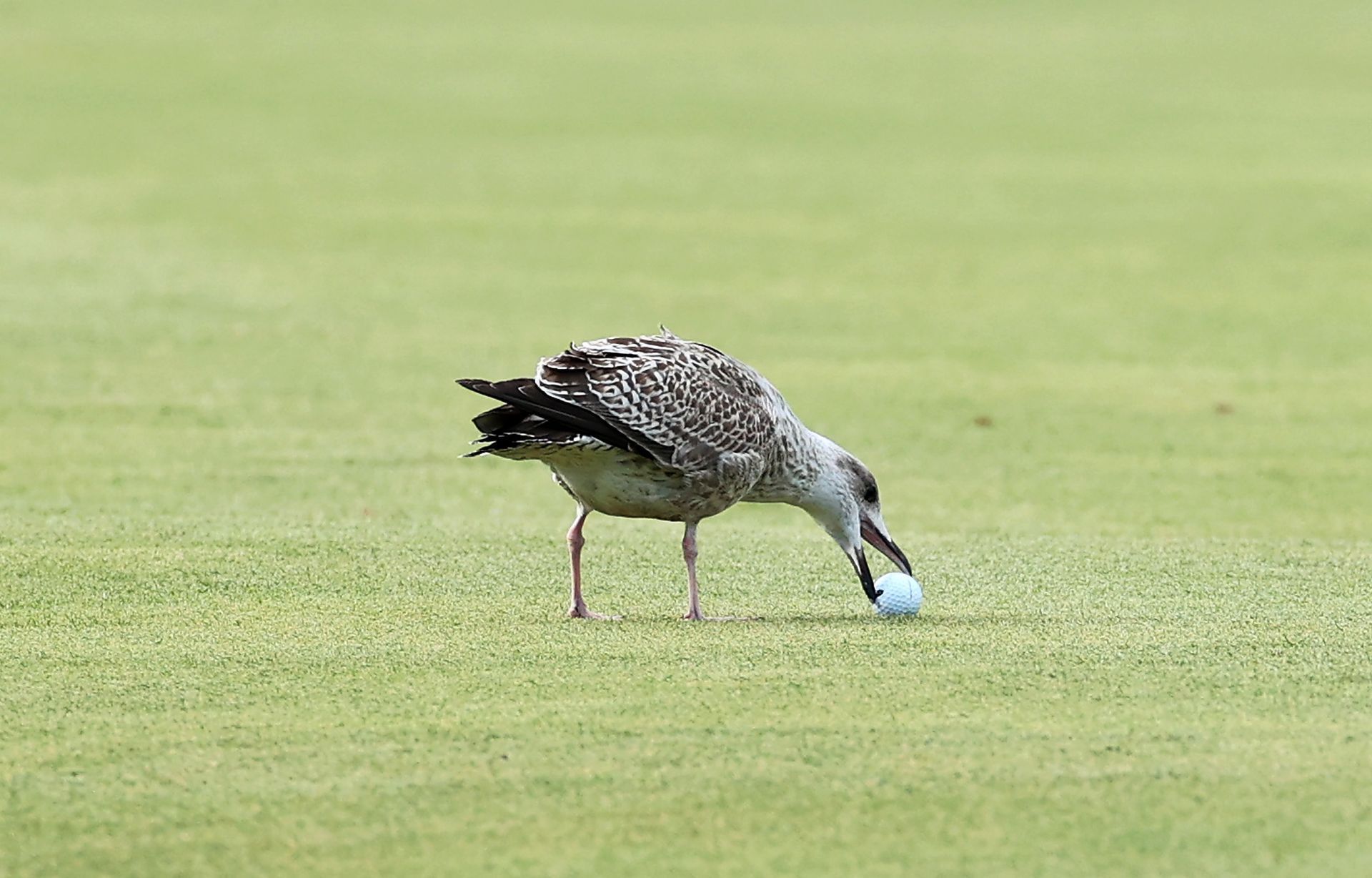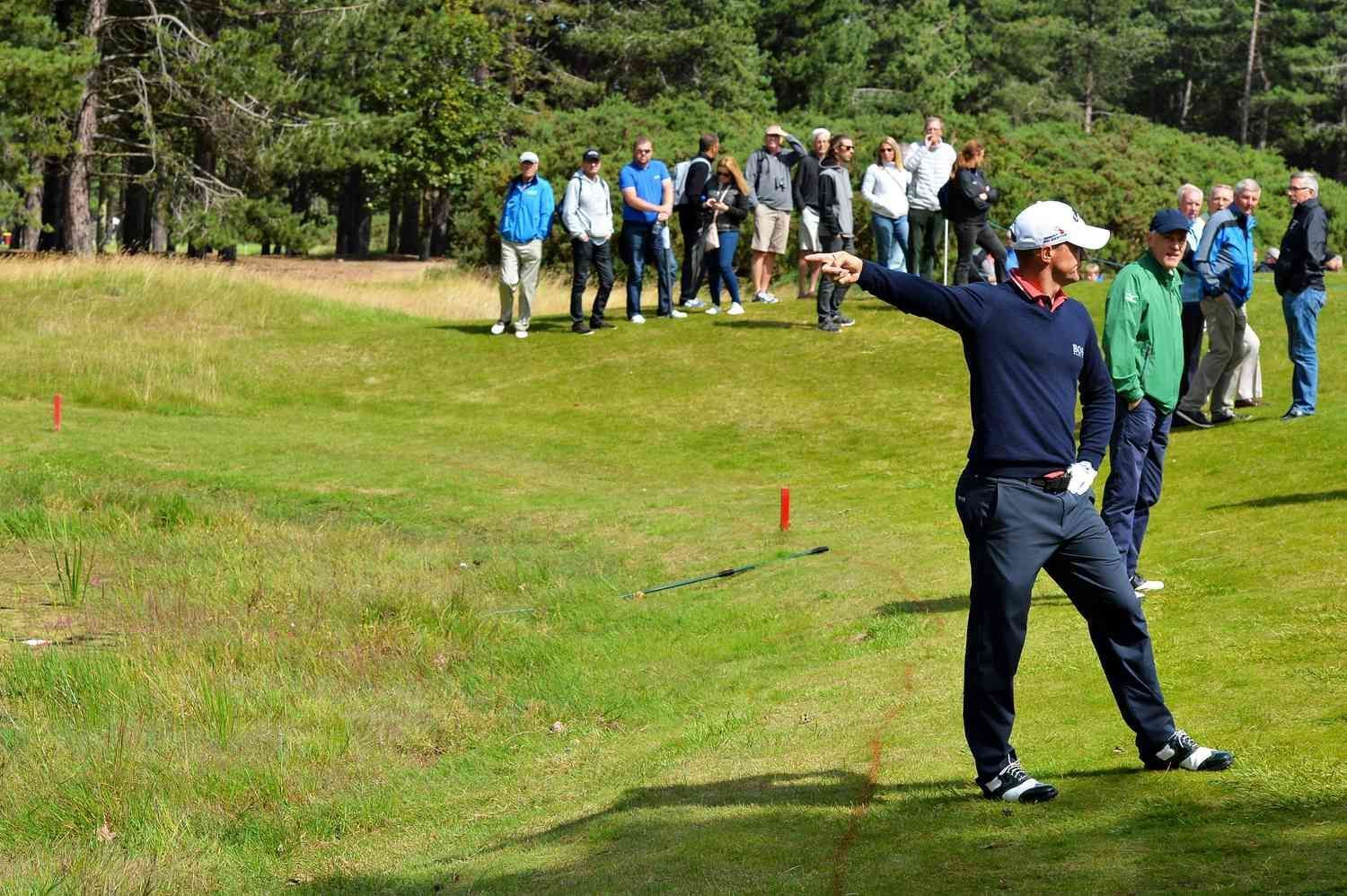April 17, 2025
The Craziest Rules in Golf You Probably Don’t Know

From Tree Shots to Animal Interference—These Wild Golf Rules Will Leave You Scratching Your Head

Golf is a sport of tradition, honor, and—let’s be real—some of the most bizarre rules you’ll ever encounter in any game. From penalties for accidents you didn’t even know were possible, to allowances for natural disasters and animal encounters, the rulebook is packed with quirks that even seasoned players raise their eyebrows at. If you think you know the game, wait until you dig into some of the oddest, most unexpected golf rules that could affect your scorecard.
Whether you're a casual weekend warrior or a rules aficionado, this deep dive will expose just how strange (and strangely specific) the Rules of Golf can get.
The Rulebook is Huge—for a Reason
The official Rules of Golf, maintained by the USGA and The R&A, stretch hundreds of pages and are updated regularly. That’s because golf, unlike many other sports, is played on diverse terrain with unpredictable natural elements. Rules are written to account for almost everything—weather events, interference from animals, unintentional actions, and even etiquette missteps. But some of the rules, while logical on paper, feel completely bonkers in practice.
Let’s break down some of the craziest, most obscure rules in golf, and the wild real-life scenarios that inspired them.
1. A Ball in a Tree is Still in Play—Good Luck
Ever hit a shot and watch it lodge in a tree? As long as your ball is identifiable and still within bounds, it's technically still in play. That means you could be stuck trying to figure out how to hit your next shot with your ball 12 feet above the fairway in a pine branch. You’re allowed to shake the tree, climb it, or use any tool you have handy—but you have to find and identify your ball first. If you can’t identify it, it's considered lost, and the stroke-and-distance penalty applies.
In one infamous case, Sergio Garcia climbed an oak tree and hit a backwards one-handed shot from the branches. Legal—and completely absurd.
2. If an Animal Runs Off With Your Ball… Just Replace It
Golf courses are home to a lot more than just golfers. Squirrels, raccoons, birds, and even alligators (we see you, Florida) can interfere with your game. According to Rule 11.1, if a ball in motion is accidentally deflected or stopped by an outside influence—including animals—the stroke counts, but the ball must be played as it lies unless it ends up somewhere totally unreasonable (like in a bird's nest).
If a dog runs off with your ball and drops it in the rough, you're allowed to replace it as close as possible to where the dog grabbed it—with no penalty. If the ball is gone entirely, the same rule applies. Hope the pup had a good fetch.

3. You Can’t Use a Club That Gets Damaged—Unless You Break It in Anger
Let’s say your driver head comes off during a tee shot. If the damage was caused in the “normal course of play,” you can’t replace it—but if you slammed the club in frustration and then broke it? That’s considered abnormal damage, and you are allowed to replace the club mid-round. It’s an ironic twist: act like a hothead, and you get rewarded with a new club. But break one by accident? Too bad.
It’s one of the weirdest double standards in the rulebook.
4. Your Ball Moves After Address? You Might Be Penalized—Or Not
This rule has evolved in recent years. Previously, if your ball moved after you addressed it (meaning you took your stance and grounded your club), it was automatically a one-stroke penalty—even if wind or slope caused it to move. This led to some ridiculous situations where a golfer was penalized for something they clearly didn’t cause.
Now, the rules account for natural causes, but it’s still complicated. If your ball moves after address and there’s no clear outside influence (like wind), you’re still penalized. But if the wind or gravity is clearly the culprit, you’re off the hook.
That gray area has sparked countless arguments on tour and in weekend foursomes alike.
5. If Your Ball Lands in a Footprint in a Bunker… Tough Luck
One of the more frustrating quirks: bunkers are considered “hazards,” and their conditions aren’t meant to be perfect. If someone forgets to rake their footprints and your ball lands smack in one, you must play it as it lies. You can’t improve your lie, you can’t move sand to create a better stance, and you definitely can’t whine to the golf gods—although you probably will.
It’s a reminder that sometimes, golf is just unfair. By design.
6. You Can Stand Out of Bounds to Hit a Ball That’s In Bounds
This one’s wild: as long as your ball is in bounds, you can stand wherever you want—including in someone’s backyard or behind an out-of-bounds stake—to hit it. It seems backward, but only the position of the ball matters for the rules.
There have been cases where players hit shots while standing on cart paths, in marshes, or in OB parking lots to play a ball clinging to the edge of the fairway.
7. You Can Declare a Ball Unplayable—Anywhere
Under Rule 19, you can declare your ball unplayable at any time—no matter where it is—even in the middle of the fairway. It’s mostly used when a ball ends up under a bush or up against a root, but it’s your call to say, “Nope, I’m not hitting this.”
You then take a one-stroke penalty and drop the ball within two club lengths, go back on a line, or return to the previous spot. In some cases, declaring it unplayable is actually the smartest play.
8. Your Own Equipment Can Get You Penalized
Hit your own bag with your ball? That’s a penalty. Accidentally deflect the ball off a golf cart you're using? Yep, penalty again. Golf is harsh that way. Interestingly, if someone else’s bag or cart interferes, there’s no penalty. It’s like golf is encouraging you to mess with your buddy’s stuff instead of your own.

9. If Your Ball Hits You, It’s (Usually) a Penalty
Rule 11.1c says that if your ball hits you, your caddie, or your equipment, it’s usually a one-stroke penalty—unless it happens accidentally after a stroke from the putting green or during a double-hit. The ball is played as it lies.
One of the most famous incidents was when Zach Johnson accidentally hit his own ball during a practice stroke on the tee. Luckily for him, it didn’t count because he hadn’t intended to make a stroke. Intent matters—a lot—in golf rules.
10. Nature Gets a Say: Standing Water, Bugs, and Wind
Golf acknowledges the chaos of nature. Standing water on the course? Free relief. Bugs? No relief, unless it's a swarm causing real interference. Wind? Sorry—no relief there. If a gust of wind knocks your ball off the tee or moves it mid-roll, too bad. Unless it was on the putting green, in which case you may be allowed to replace it.
It’s a fine line, and one that’s caused a lot of confusion—and frustration.
Why These Rules Exist (Even if They’re Ridiculous)
Many of golf’s strangest rules exist because the game is played in a natural environment full of unpredictable variables. The goal of the rules is to maintain fairness across wildly different situations. But “fair” in golf doesn’t always mean logical.
The rules committee also has to deal with rule-abusers and loophole-seekers, so each weird scenario has a reason behind it—somewhere in the dusty annals of golf’s long and eccentric history.
Final Thoughts: Know the Rules, Love the Game
Golf isn’t just about swing mechanics and birdie putts—it’s a game of honor, strategy, and, yes, a ton of rules. Understanding even the craziest of them can save you strokes and impress your playing partners.
So next time your ball ends up in a tree, a bunker footprint, or the paws of a curious fox, take a breath, remember the rule, and enjoy the madness. Because in golf, the weirdest moments often make for the best stories.
And let’s be honest—what other sport lets you legally hit a shot from a tree branch?
More from Fairway Control












